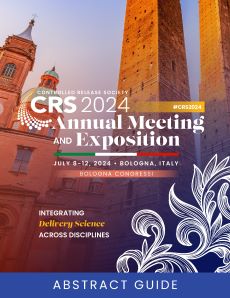Workshop: Therapeutic Genome Editing Tools, Delivery Systems, Prospects and Challenges
.png)

Recent progress in the development of genome editing technologies based on programmable nucleases have significantly improved our ability to make precise changes in the genomes of eukaryotic cells. Their success in the clinic will depend on having precise and safe delivery systems. This workshop will cover recent advances in editing tools, targeted delivery systems, and high throughput screening platforms to aid the discovery process as well as manufacturing, analytical and regulatory challenges of bringing these novel medicines to patients. The key considerations and challenges of realising the transformative potential of gene therapy in the clinic and enabling a cure for many diseases will be discussed.
1:00 pm to 1:10 pm Welcome & Introduction
Luis Brito, Beam Therapeutics
Joanna Rejman & Marianne Ashford, Advanced Drug Delivery, AstraZeneca
1:10 pm to 1:35 pm Different Editing Tools
• Standard CRISPR-Cas9-like editing systems, prime editing, base editing (pros and con of each approach)
• Role of gRNA.
• Developing of new editors – the future
Markrete Krikorian, Beam Therapeutics
1:35 pm to 2:10 pm Delivery Systems for Editing
• Brief Intro to non-viral delivery / LNPs
• Gene editing specific challenges (gRNA, mRNA, DNA template)
• Emphasis on extra-hepatic tissue targeting, active vs passive/endogenous targeting.
• Specific cell type targeting & associated opportunities and challenges
Dan Peer, Tel -Aviv University
2:10 pm to 2:35 pm In vitro HT Screening Methods
• HT in vitro for understanding cell uptake, endosomal escape, protein production - editing for specific cells.
• Advantages and disadvantages of in vitro screening
• Data modeling in the context of Therapeutic Genome Editing.
• Future directions
Alan Sabirsh, AstraZeneca
2:35 pm to 3:00 pm HT Screening Methods Barcoding In Vivo
• Intro to approach & different methods of barcoding in vivo
• Cross species comparisons
• Advantages, disadvantages and current limitations of approach
• Future directions
Hyejin Kim, Dahlman Lab, Emory School of Medicine
3:00 pm to 3:20 pm BREAK
3:20 pm to 3:40 pm Manufacturing
• Formulation controlling
• Scaling up
• Rare disease considerations - Scaling down (?)
• CDMO vs company
• Addition of targeting ligands – different approaches?
Andreas Wagner, Polymun
3:40 pm to 4:00 pm Analytical Considerations
• DS
• DP
• Bio-assay
• One (mRNA) versus multiple cargos (mRNA – gRNA)
Sven Even Borgos, Department of Biotechnology and Nanomedicine,SINTEF Industry
4:00 pm to 4:20 pm Regulatory Landscape
• Regulatory considerations for Gene Therapy particularly wrt to CMC/tLNP
Dolca Rogers, European Medicines Agency, Amsterdam, The Netherlands
4:20 pm to 4:50 pm Round Table
All speakers, Organisers, & Sponsors
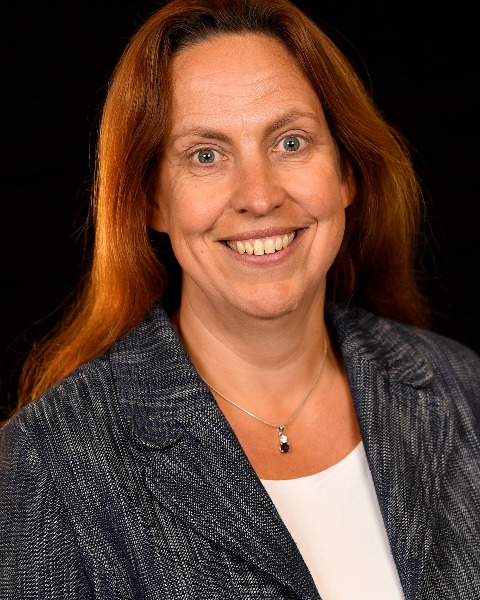
Marianne Ashford, PhD (she/her/hers)
Senior Principal Scientist , Advanced Drug Delivery
AstraZeneca , England, United Kingdom- JR
Joanna Rejman, PhD (she/her/hers)
Director
AstraZeneca, Sweden 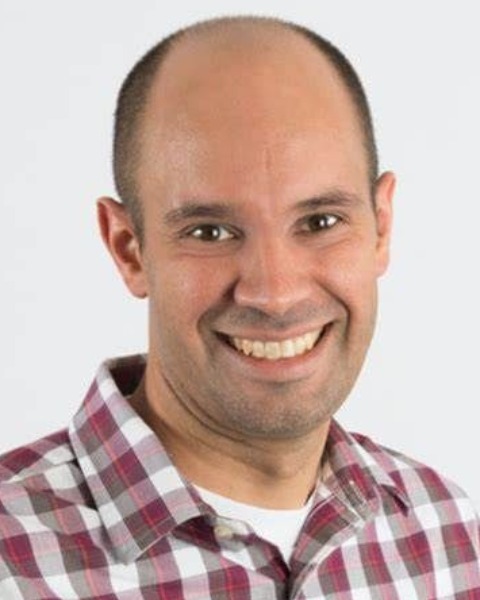
Luis Brito, PhD (he/him/his)
Vice President
Beam Therapeutics
Cambridge, Massachusetts, United States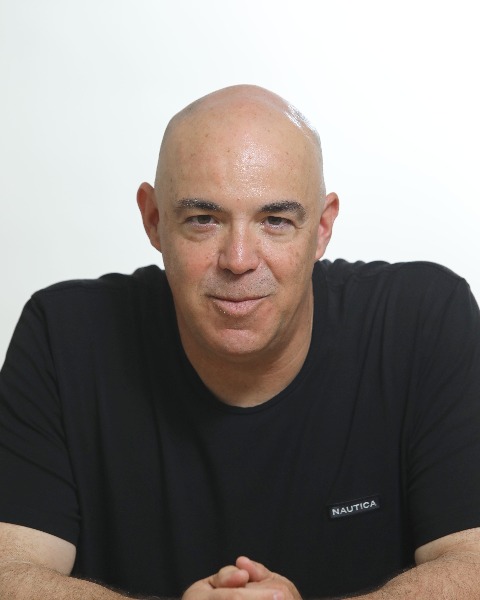
Dan Peer (he/him/his)
Professor and Director
Tel Aviv University
Tel Aviv, Israel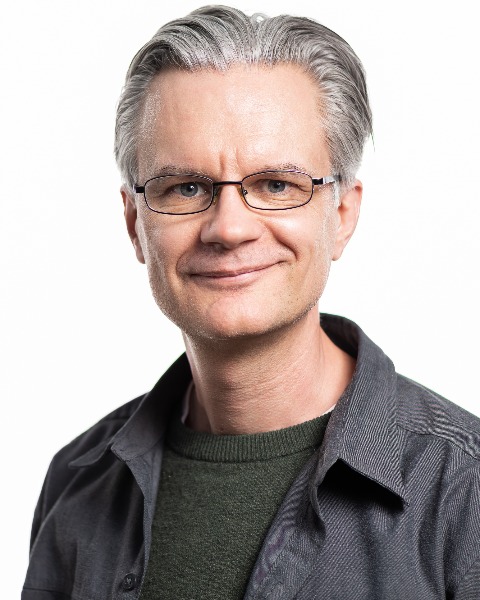
Alan Sabirsh, PhD (he/him/his)
Principal Scientist
AstraZeneca
Mölndal, Sweden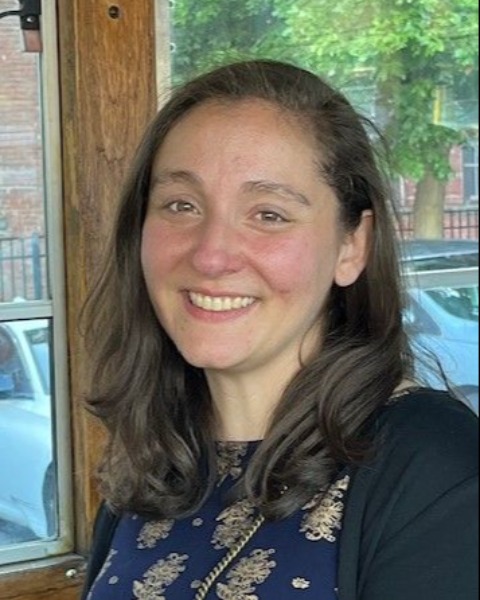
Markrete Krikorian, PhD (she/her/hers)
Senior Scientist
Beam Therapeutics
Hyejin Kim, PhD (she/her/hers)
Assistant Professor
Emory University
Atlanta, Georgia, United States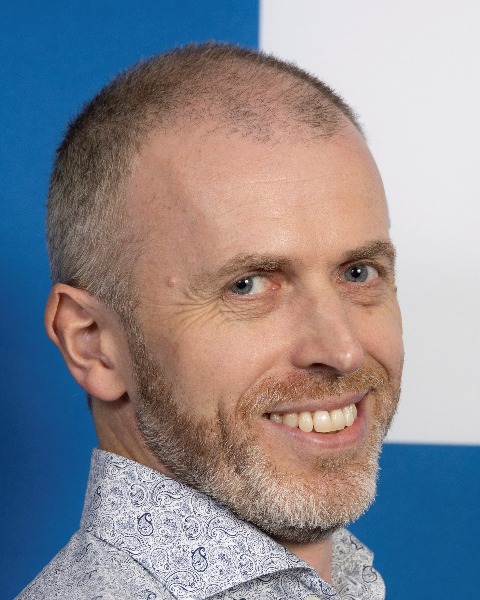
Sven Even F. Borgos, PhD (he/him/his)
Senior Research Scientist
SINTEF Industry, Dept Biotechnology and Nanomedicine
Trondheim, Sor-Trondelag, Norway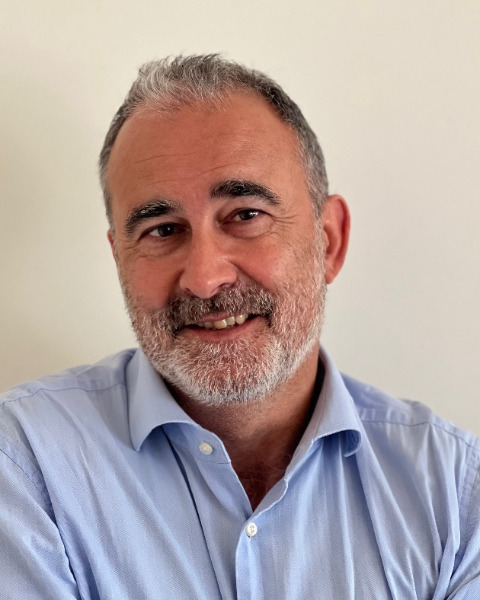
Andreas Wagner, Dr (he/him/his)
Head Liposome Technology
Polymun Scientific GmbH
Klosterneuburg, Austria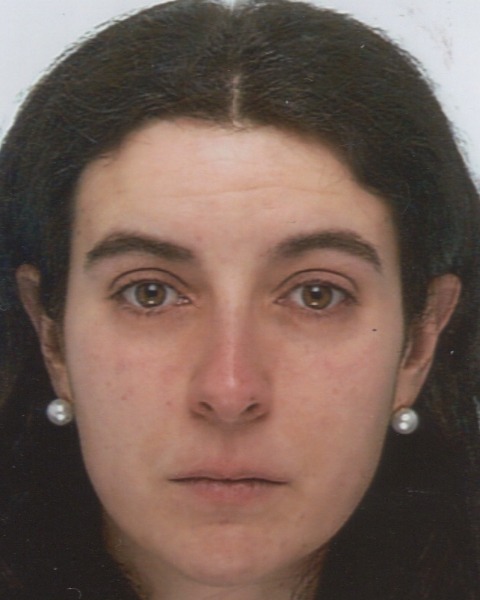
Dolca Rogers, PhD
Scientific Officer (CMC)
European Medicines Agency, Netherlands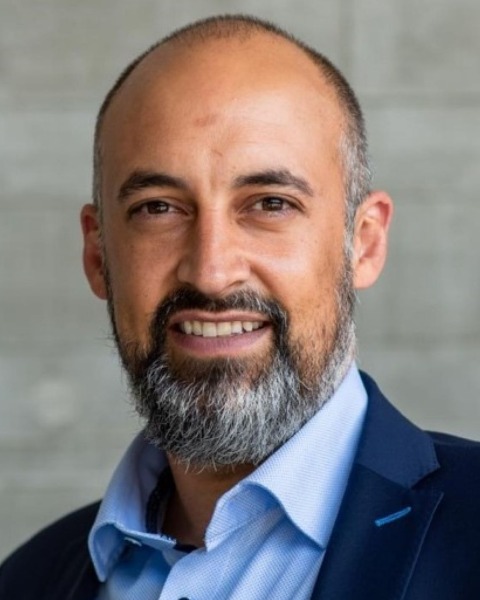
Dominik Witzigmann, PhD. (he/him/his)
CEO
NanoVation Therapeutics

